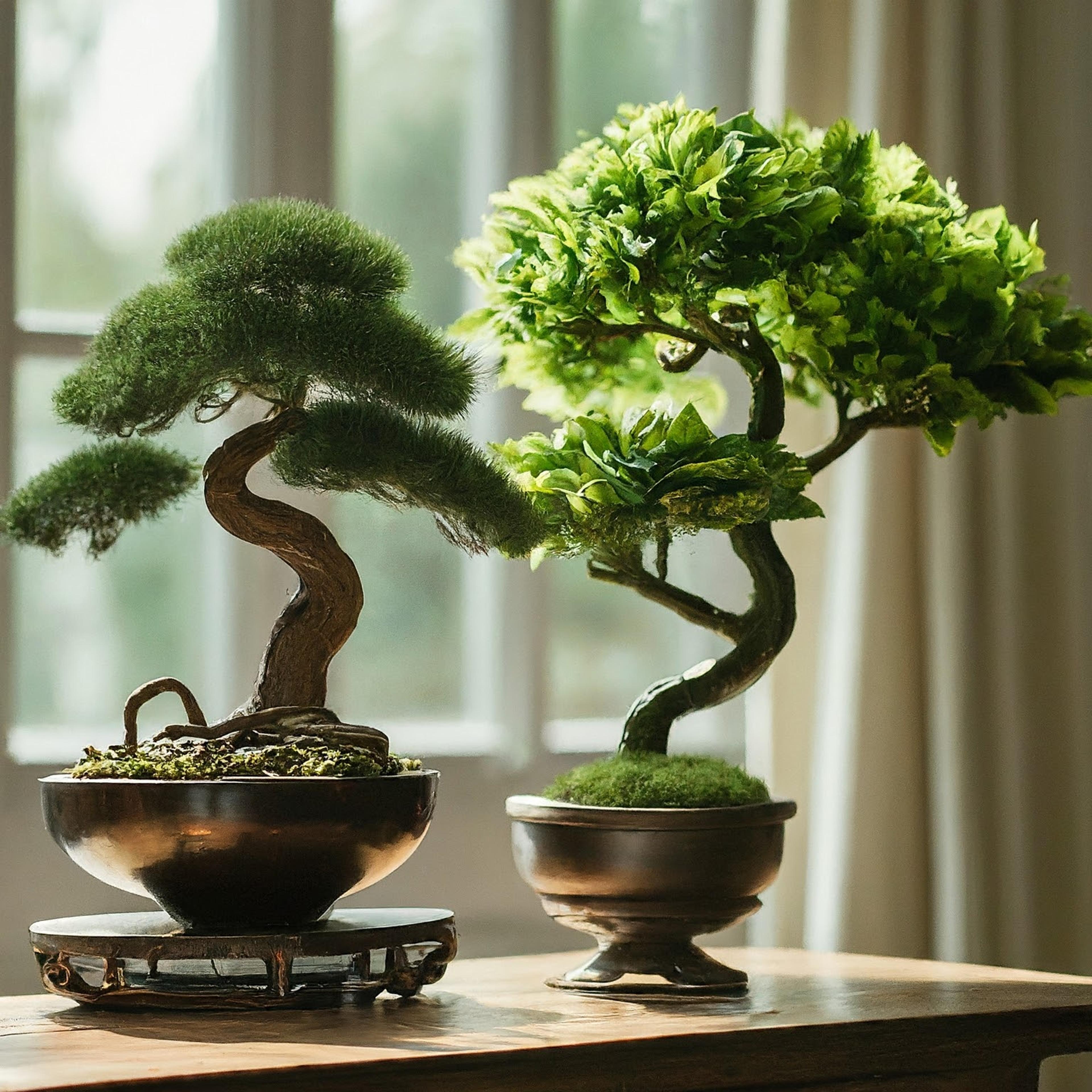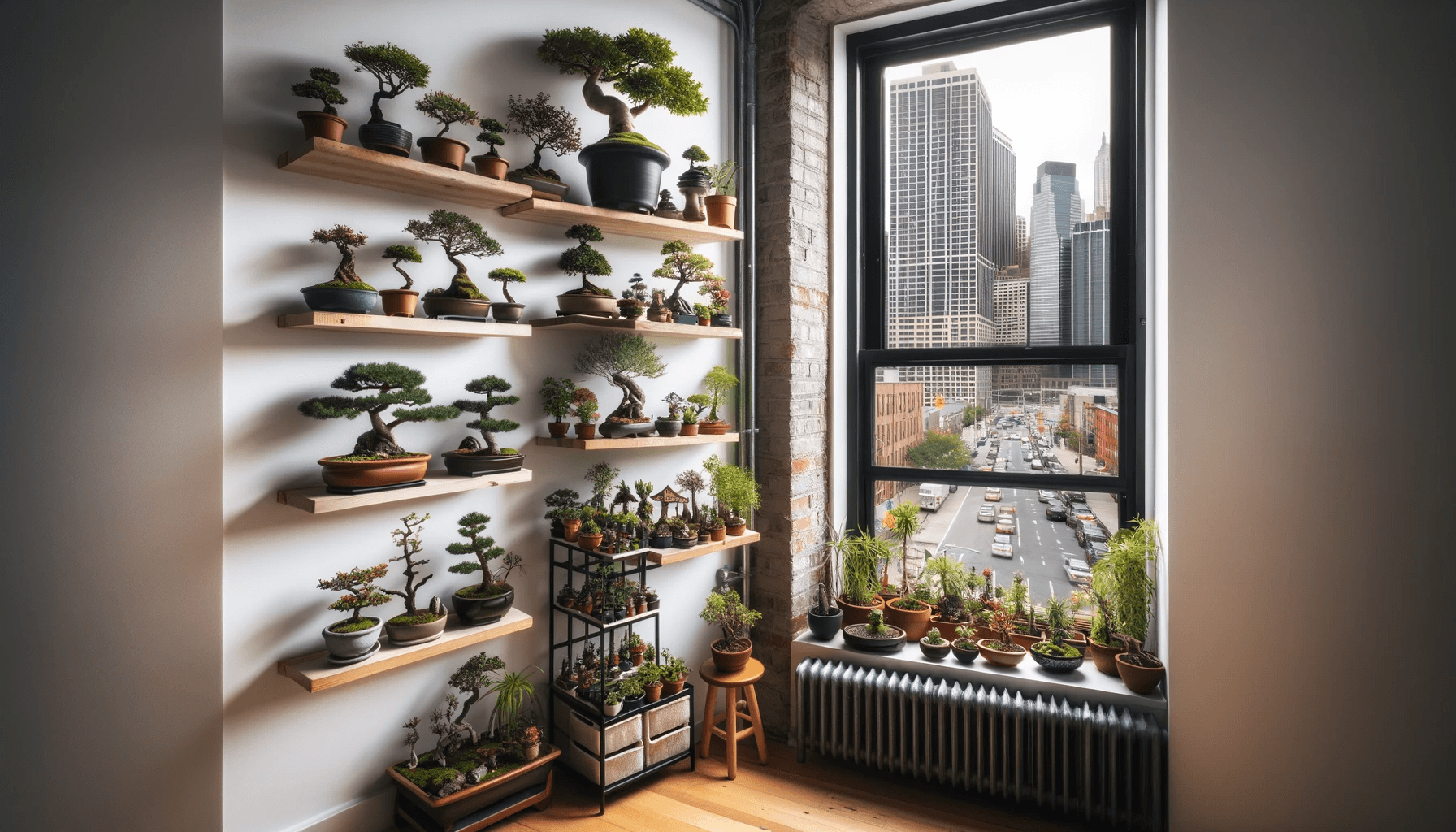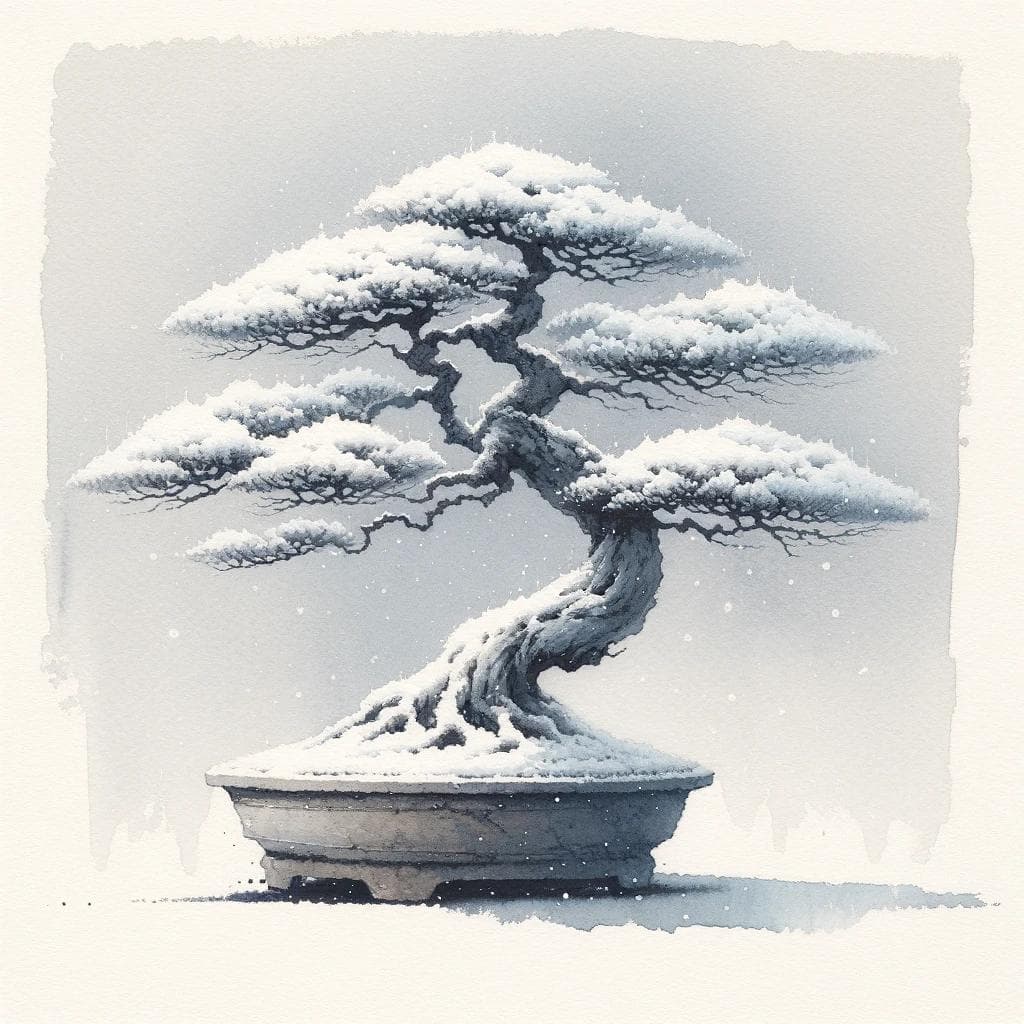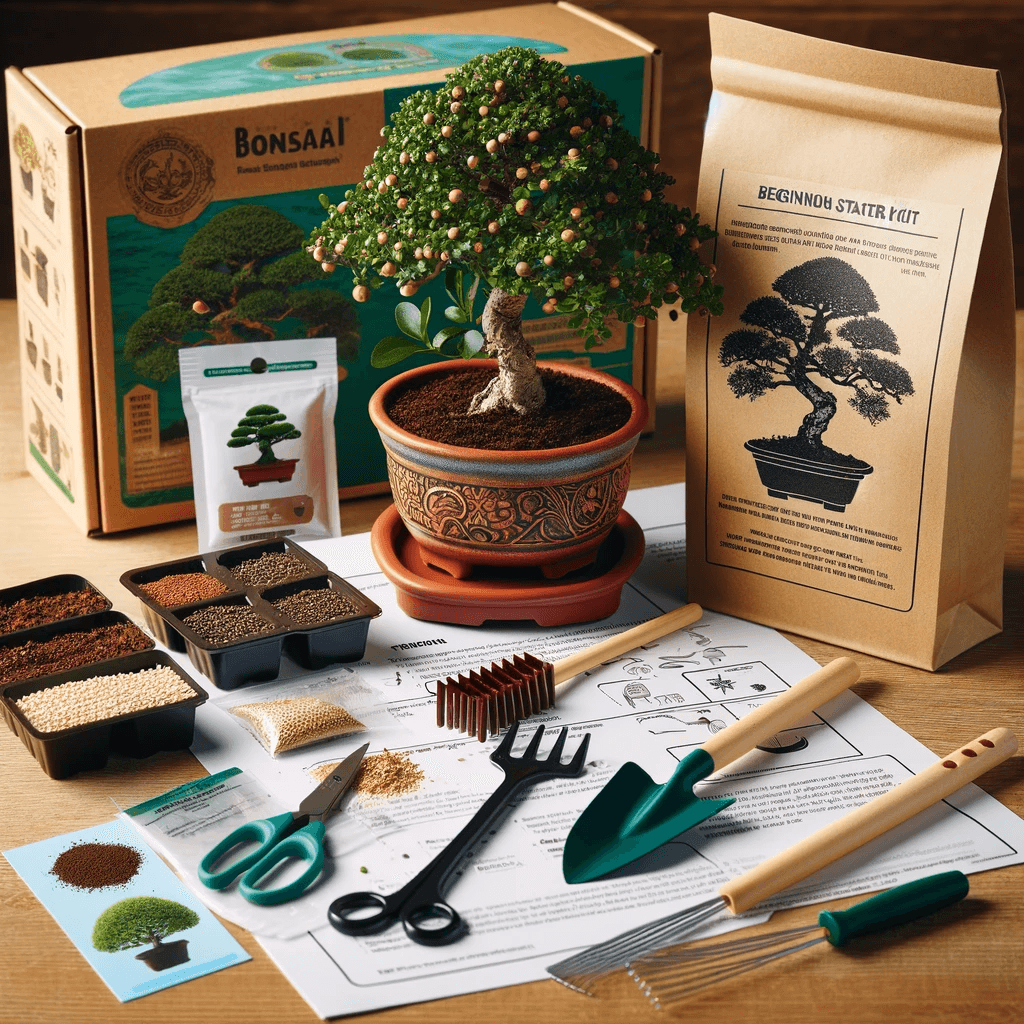Bonsai Soil & Watering: What Every Beginner Needs to Know

Introduction
Creating beautiful bonsai trees is a rewarding art that combines gardening skills, aesthetics, patience, and mindfulness. Among the key factors determining the success of your bonsai tree cultivation, soil and watering practices are among the most critical, especially for beginners. Mastering these two elements will significantly enhance your bonsai's health, longevity, and beauty.
Understanding Bonsai Soil
Unlike regular gardening soil, bonsai soil has unique characteristics to accommodate the special needs of miniature trees. It must support root health, ensure proper drainage, provide adequate nutrients, and promote aeration.
Components of Bonsai Soil
A good bonsai soil mix typically contains three main components:
- Akadama: A clay-like substance from Japan, known for excellent moisture retention and drainage. It is the staple ingredient for many bonsai enthusiasts.
- Pumice: A volcanic rock that aids in drainage and root aeration, preventing waterlogging and root rot.
- Lava Rock: Provides stability, structure, and additional aeration. It prevents compaction and helps retain essential nutrients.
Why Traditional Soil Won't Work
Regular garden soil retains too much moisture, compacts easily, and lacks proper aeration. This combination leads to root rot, suffocation, and poor nutrient uptake, causing your bonsai tree to deteriorate quickly.
Choosing the Right Bonsai Soil Mix
Different bonsai species require varying soil compositions. Here’s a general guideline:
- Coniferous Bonsai (e.g., Pines, Junipers): Use a mix of 50% akadama, 25% pumice, and 25% lava rock.
- Deciduous Bonsai (e.g., Maples, Elms): Opt for 60% akadama, 30% pumice, and 10% organic compost or peat.
- Tropical Bonsai (e.g., Ficus, Jade): Use a slightly more moisture-retaining mix of 50% akadama, 20% pumice, 20% lava rock, and 10% organic compost.
How to Water Your Bonsai Properly
Correct watering practices are just as crucial as soil composition. Overwatering and underwatering are common beginner mistakes, each with detrimental effects.
Signs Your Bonsai Needs Watering
- The top inch of soil feels dry to the touch.
- Leaves look slightly wilted or begin to droop.
- Soil color changes to a lighter shade.
Best Practices for Bonsai Watering
- Frequency: Watering frequency varies based on climate, tree species, and pot size. Generally, bonsai trees need watering every 1-3 days.
- Time of Day: Early morning or late evening are ideal, reducing evaporation loss.
- Watering Technique: Use a fine spray or watering can. Water gently until excess drains from the pot's drainage holes, ensuring thorough saturation.
- Water Quality: Always use clean, room-temperature water. Rainwater is ideal due to its purity and natural minerals.
Common Mistakes in Watering Bonsai
- Overwatering: Leads to root rot and fungal infections. Symptoms include yellow leaves and soft, soggy soil.
- Underwatering: Results in dehydration, leaf drop, and dry, brittle soil.
Seasonal Adjustments in Soil & Watering
Understanding how seasonal changes impact soil moisture and watering needs is vital.
- Spring: Increased watering frequency due to active growth.
- Summer: Daily watering might be necessary due to higher temperatures.
- Fall: Gradually reduce watering as growth slows.
- Winter: Keep soil moderately moist but avoid excessive watering, particularly for outdoor bonsai in dormancy.
Troubleshooting Bonsai Soil & Watering Issues
Problem: Root Rot
- Solution: Repot the tree immediately into fresh bonsai soil with better drainage and reduce watering frequency.
Problem: Wilting Despite Watering
- Solution: Check soil drainage. Repot into a more porous soil mixture if necessary.
Conclusion
Mastering bonsai soil selection and watering techniques sets the foundation for healthy and thriving bonsai trees. Pay attention to your specific bonsai species, climate, and seasonal changes to fine-tune your care regimen. With patience and practice, you'll find joy and success in the beautiful art of bonsai cultivation.
Read More

Urban Bonsai: Growing Miniature Trees in Small Spaces

Winter Do's and Don'ts for Bonsai: Keep Your Tiny Trees Thriving Through the Chill

Bonsai Starter Kit: Best tools for your bonsai garden in 2024
BonsaiCourses.com is dedicated to offering comprehensive educational content on bonsai art and cultivation. While our site may include affiliate links for bonsai products and tools, our recommendations are based on our expertise and commitment to quality. As an Amazon Associate I earn from qualifying purchases. Any purchases made through these links may earn us a commission at no extra cost to you.